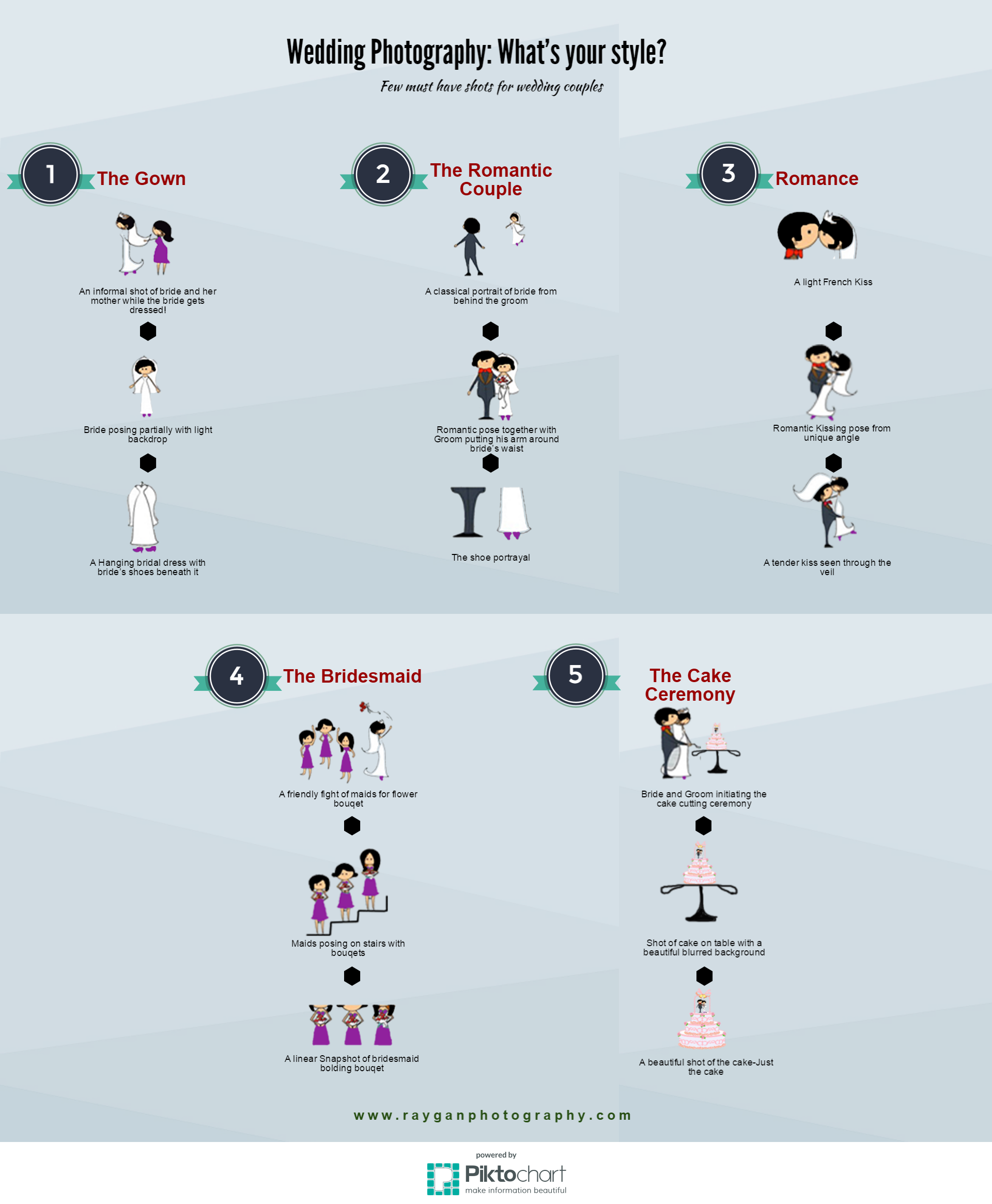Transform Your Digital Photography By Mastering Lights Methods That Can Boost Your Pictures-- Uncover The Typical Pitfalls That Could Be Holding You Back
Transform Your Digital Photography By Mastering Lights Methods That Can Boost Your Pictures-- Uncover The Typical Pitfalls That Could Be Holding You Back
Blog Article
Write-Up Produced By-Boone Polat
As a professional photographer, you understand that illumination can make or break your images. Comprehending the nuances of both natural and man-made light is necessary for capturing the state of mind and clearness you aim for in your work. Whether you're going after the ideal gold hour glow or adjust your artificial configurations, grasping these components can elevate your digital photography substantially. Yet there are common challenges that many ignore, and identifying them can transform your method to every shoot. Let's explore what you might be missing out on and exactly how it can impact your outcomes.
Comprehending All-natural Light
Comprehending all-natural light is vital for any kind of digital photographer wanting to boost their work. It's the structure of excellent digital photography, influencing state of mind, tone, and quality. When you fire outdoors, take notice of the time of day. The golden hour-- quickly after sunup and before sunset-- uses soft, cozy light that can change common scenes right into magnificent photos.
Do not undervalue the power of overcast days. Cloud cover diffuses sunshine, producing a soft, also light that's best for portraits and macro digital photography. https://zenwriting.net/casey5elenora/discover-to-uncover-your-distinct-photo-style-by-checking-out-impacts-and 'll find colors appear this type of lights without rough darkness.
Positioning matters, too. Constantly consider your topic's alignment to the light source. If the sun's behind your topic, you may end up with a shape, which can be remarkable however mightn't be what you desire. Conversely, straight sunshine can create uncomplimentary shadows.
Try out angles; sometimes, changing your point of view can produce amazing outcomes. Use natural reflectors, like water or sand, to jump light onto your topic, including dimension.
Learning Artificial Light
Understanding man-made light is essential for professional photographers who wish to take their abilities to the following degree. Whether you're making use of speedlights, studio strobes, or continuous lights, comprehending exactly how to adjust these sources can considerably improve your images.
Start by acquainting on your own with the essentials of light high quality, instructions, and color temperature. Trying out various modifiers like softboxes, umbrellas, or grids to manage the soft qualities or cruelty of the light.
You'll find that soft light typically creates lovely results, while harsher light can include dramatization and depth. Don't shy away from darkness; they can improve the three-dimensionality of your topics.
Pay very close attention to the placement of your lights. A light located also near your subject can develop uncomplimentary outcomes, while too far can lead to a lack of detail. Make please click the following post of a light meter or your camera's pie chart to guarantee you're revealing properly.
Last but not least, remember that synthetic light can be mixed with ambient light for imaginative impacts. Stabilizing these resources could take technique, but once you grasp it, your digital photography will truly radiate.
Techniques for Different Situations
When you step into various shooting circumstances, adapting your lights techniques is critical for recording the most effective pictures. For exterior pictures, use the gold hour-- early morning or late afternoon light-- to soften darkness and boost skin tones.
If it's an extreme midday sunlight, take into consideration utilizing a reflector to jump light back onto your subject or look for shaded locations for a much more even direct exposure.
In low-light circumstances, like interior events, increase your ISO and make use of a wide aperture to allow in even more light. A tripod can assist remove camera shake, enabling longer direct exposures without blurring.
If you're shooting at night, try out off-camera flash to produce vibrant lighting and deepness in your images.
For product photography, use diffused lighting to stay clear of rough representations. Softboxes or light camping tents can aid accomplish this impact.
When photographing landscapes, take into consideration the direction of light and time of day, as it can considerably change the state of mind of your shot.
Constantly be ready to change your setups and positioning based upon the circumstance, as adaptability is crucial to understanding lights in digital photography.
Final thought
Finally, understanding lighting is essential to elevating your digital photography abilities. Embrace all-natural light's elegance during golden hour, and don't avoid experimenting with artificial light methods. By adjusting your method to various situations, you'll capture sensational images that reverberate with emotion and clearness. Keep in mind, the best lights can change a normal shot into something remarkable, so keep practicing and refining your understanding of both natural and fabricated light. Delighted shooting!
